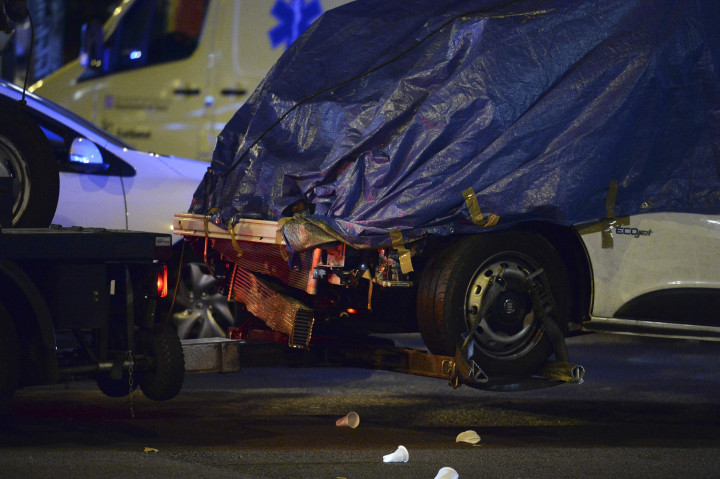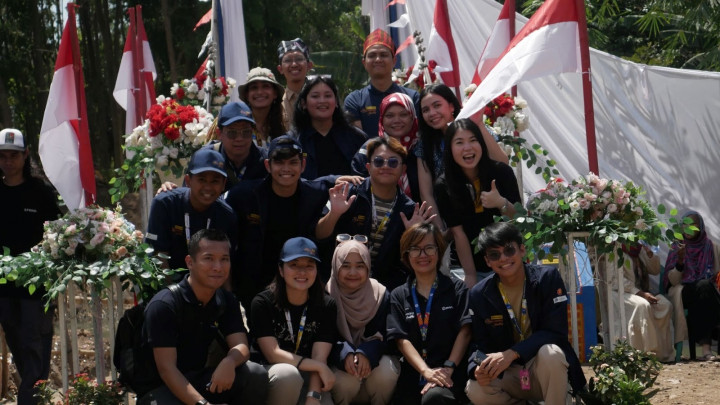Lviv: More than 450 civilians were reportedly killed or injured in the first 11 days of the war, in Kharkiv, Ukraine’s second largest city, as a result of Russian airstrikes and artillery shelling of populated areas, Human Rights Watch said today.
The attacks damaged civilian buildings, including apartment blocks, schools, places of worship, and shops, impeding access to food and medicines.
They also damaged infrastructure in the city causing civilians to lose vital services such as electricity, heat, and water.
According to Kharkiv regional police, between February 24 and March 7, a total of 133 civilians were killed, 5 of them children, and 319 civilians were wounded.
A spokesperson for the Kharkiv mayor’s office told Human Rights Watch that as of March 4, approximately 500,000 people remained in the city, from a pre-war population of 1.8 million.
“In Kharkiv, Russian military forces showed disregard for civilian lives through repeated apparent indiscriminate attacks in populated areas," said Hugh Williamson, Europe and Central Asia director at Human Rights Watch, in a media release on Friday.
"Russia’s military may believe they can disregard the laws of war in their assault on Kharkiv, but the International Criminal Court has jurisdiction over war crimes committed in Kharkiv and there will be accountability for those responsible," Williamson stated.
Human Rights Watch interviewed 29 people, including Kharkiv residents, medical workers, volunteers assisting with evacuation, and municipal officials, about the attacks.
Human Rights Watch verified and analyzed 29 videos and 41 photographs posted on Telegram, Twitter, Facebook, or TikTok, and another 2 videos and 18 photographs sent directly to researchers to corroborate witness testimony and to identify additional impact sites and damage.
The attacks Human Rights Watch documented took place between February 24 and March 5 and damaged or destroyed residential buildings, schools, market stalls, churches, stores, hospitals, university departments, and other civilian infrastructure throughout the city.
Human Rights Watch was not able to conduct on-site visits in Kharkiv and used interviews with witnesses and images from the damage to try to identify the types of weapons Russian forces used in the attacks documented.
This analysis demonstrates that in addition to cluster munitions, Russian forces used explosive weapons with wide-area effect.
Cek Berita dan Artikel yang lain di Google News
FOLLOW US
Ikuti media sosial medcom.id dan dapatkan berbagai keuntungan



















